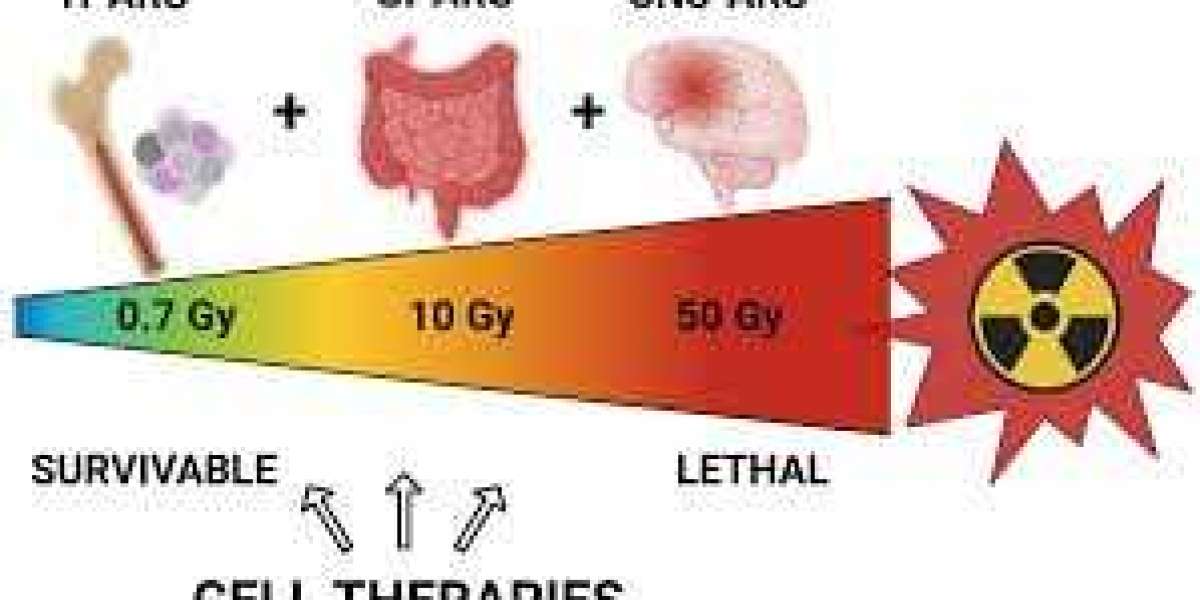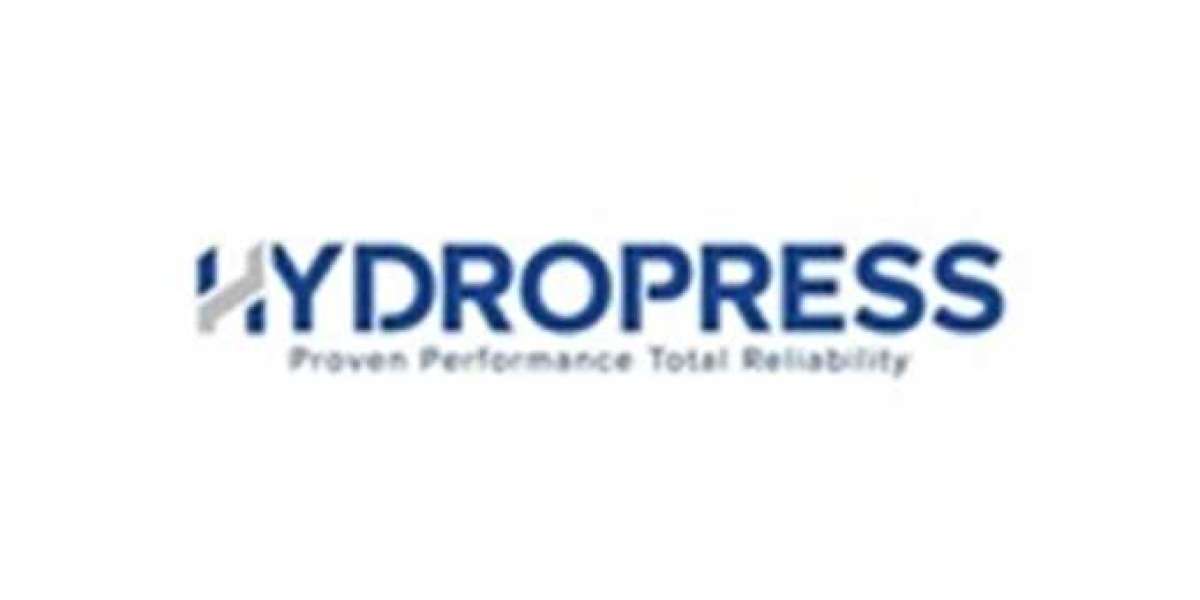The acute radiation syndrome (ARS) market consists of drugs and medical countermeasures to treat radiation sickness caused by intake of high doses of radiation within a short period. ARS occurs when the entire body or most of the body is exposed to high levels of radiation poisoning in a very short period, usually less than an hour. The symptoms include nausea, vomiting, diarrhea, skin burns, loss of white blood cells to fight infections, fever, fatigue, headaches, and dizziness. The acute irradiation exposure is potentially life-threatening and requires immediate medical treatment involving medication, antibiotics, blood transfusions, pain relievers, intravenous fluids, and other supportive treatments to mitigate symptoms. ARS drugs work by stimulating the production of white blood cells to fight infection, blood cell production, and controlling nausea and vomiting.
The Global Acute Radiation Syndrome Market is estimated to be valued at US$ 5.2 Bn in 2024 and is expected to exhibit a CAGR of 5.0% over the forecast period 2024-2031.
Key Takeaways
Key players operating in the Acute Radiation Syndrome market are Statera BioPharma, NeoImmuneTech, Cellerant Therapeutics, Partner Therapeutics, and Pluristem Therapeutics. Statera Biopharma specializes in therapies for acute radiation syndrome while NeoImmuneTech is developing T-cell therapies for ARS.
The growing demand for radiation medical countermeasures for use during nuclear emergencies and attacks is a major factor driving the acute radiation syndrome drugs market. The increasing threat of nuclear terrorism and greater perceived risk is prompting governments worldwide to stockpile anti-radiation drugs and therapies.
The market is witnessing increasing global expansion as players focus on licensing and distribution agreements. Companies are also engaged in joint development deals with governments for mass production and stockpiling of ARS drugs in case of nuclear emergencies. This is helping market penetration in regions with strategic national stockpiles like Europe and Asia Pacific.
Market Drivers
Growing military conflict risk and nuclear terrorism threat: The increasing risk of military conflicts between nuclear nations and threat of nuclear or radiological attacks by terrorist groups is a major factor augmenting the need for anti-radiation drugs. This is prompting preparedness and risk mitigation efforts involving ARS countermeasures stockpiling.
Impact of geopolitical situation on Acute Radiation Syndrome Market growth
The ongoing Russia-Ukraine conflict and geopolitical tensions across regions has negatively impacted the growth of the Acute Radiation Syndrome market. Both Russia and Ukraine have seen widespread damages to infrastructure including hospitals and disrupted supply chains. This has hampered the accessibility of treatments and therapeutics in the region. Additionally, economic sanctions have restricted investments and collaborations between companies operating in Russia and other western nations. These changing dynamics have weakened the spending power and demands from major markets like Europe.
To drive future growth, companies operating in this sector need to establish alternative manufacturing and distribution networks that are independent of geopolitically volatile regions. They should also focus on collaborating with local players in Asia Pacific and Latin America to tap into fast expanding patient pools. Partnerships with government institutes and wider awareness programs can help in improving diagnosis and ensuring treatments reach remote areas. Overall, a diversified business presence across multiple regions will make these companies less susceptible to geopolitical risks.
Geographical regions with highest Acute Radiation Syndrome market share
North America currently dominates the global Acute Radiation Syndrome market in terms of revenue, accounting for over 35% share. This is attributed to large patient population, favorable reimbursement environment and strong FDA approvals supporting new product adoption. Key markets include United States and Canada. Europe is the second largest region, driven by increasing research collaborations and demand from countries like Germany, United Kingdom and France. Asia Pacific is projected to expand at fastest CAGR during the forecast period on back of improving healthcare standards, growing medical tourism and supportive initiatives by governments in India and China.
Fastest growing region in the Acute Radiation Syndrome market
Asia Pacific region is expected to emerge as the fastest growing market for Acute Radiation Syndrome globally. Rising investments to strengthen radiological safety mechanisms across industrial and medical facilities will raise the need for effective diagnostic and treatment solutions. Countries like India and China are witnessing rapid economic growth and increasing healthcare expenditures. This has attracted many international players to establish local manufacturing plants and trial centers. Additionally, Asia Pacific presents a large patient population and growing medical requirements from densely populated cities and towns offer scope for wider market penetration.
Get more insights of this Topic: https://shareyoursocial.com/read-blog/44655











